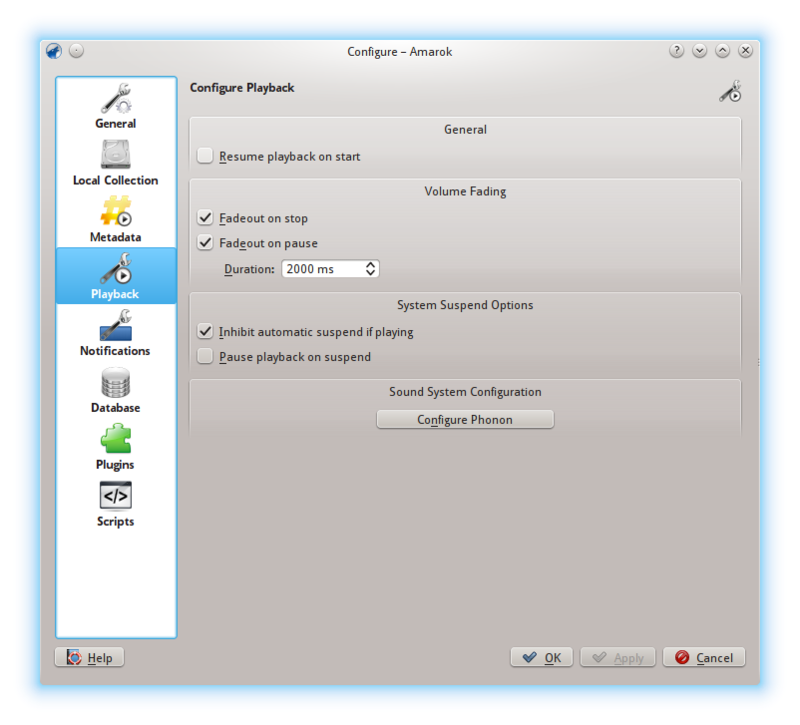

The best-designed things include the instructions for their own use, like video games whose first level act as tutorials, or doors with handles that communicate how you should operate them by their shape and placement. But as the possibilities multiply, so do the challenges. We can deal with new things using information from our prior experiences, or by being instructed. User experience design is easy in situations where there’s only one thing that the user can possibly do. Note-taking for User Experience Design with June Ahnĭon Norman discusses affordances and constraints in The Design of Everyday Things, Chapter Four: Knowing What To Do. What do you say, developers? Let’s make this happen! Posted on MaAuthor Ethan Hein Categories Ethan's Ideas Tags ableton, aqwertyon, Max For Live, musedlab, Music, Music Teaching, Music Theory, piano, Samuel Halligan, scale wheel, Software, visualization Leave a comment on Samuel Halligan’s awesome Pop-Up Piano for Ableton Live Affordances and Constraints Samuel is working on adding more note representations to the Pop-Up Piano, including guitar tab, so that’s awesome.

In a perfect world, this combination of instrument and music-theoretic Rosetta stone would exist both as a web app and as a DAW-native plugin. My fondest wish would be to combine the visualization scheme of the Scale Wheel, the immediacy and physical playability of the aQWERTYon, and the music-theoretic depth of the Pop-Up Piano. I’ve done some work around music theory visualization with the NYU MusEDLab. I’d be interested to hear from any theory pedagogues out there how you would structure lessons or assignments around this tool. I’m going to use it in my intro-level music theory course that I’m teaching at the New School this fall. But I could see this being useful for any musician. Samuel made this thing to help pianists navigate the Ableton Push. In the image below, I’m holding down the notes C and E-flat, the second and fourth notes in the B-flat harmonic minor scale. You can also set a particular key and scale, and then the Pop Up Piano will show you whether the notes you’re playing fall within that scale. The concept is simple: as you play notes on a MIDI controller, the Pop Up Piano shows you their names, and notates them on the staff. It’s a Max For Live Device that you can place on any MIDI track in Ableton, or just open as a Max standalone.
SOUNDPLANT STOP PLAYING TRACK FADE DOWNLOAD
If you use Max or Ableton and you could use some help learning music theory, you should go and download it immediately. I recently met a gentleman named Samuel Halligan, who, among other things, makes music education utilities using Max For Live.


 0 kommentar(er)
0 kommentar(er)
